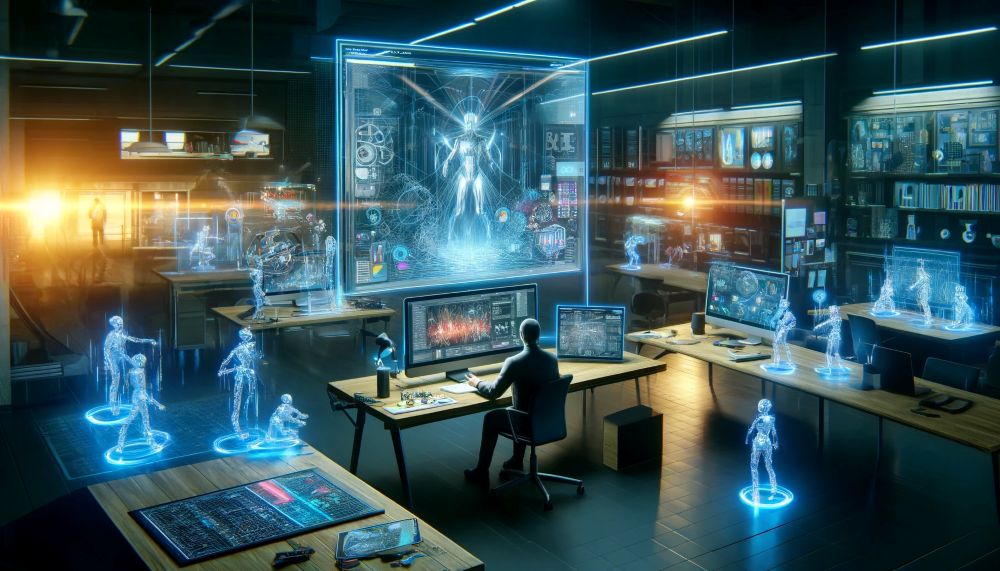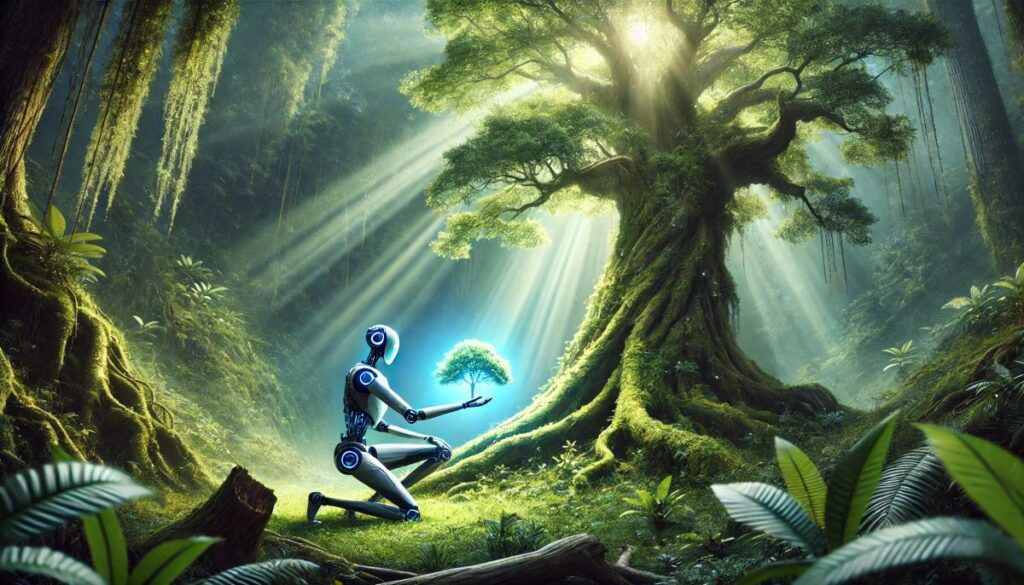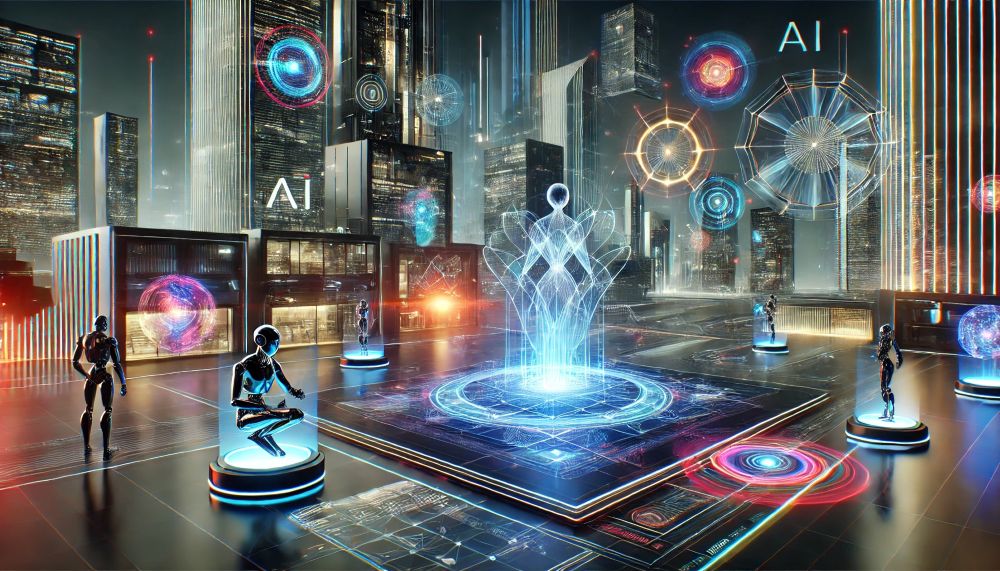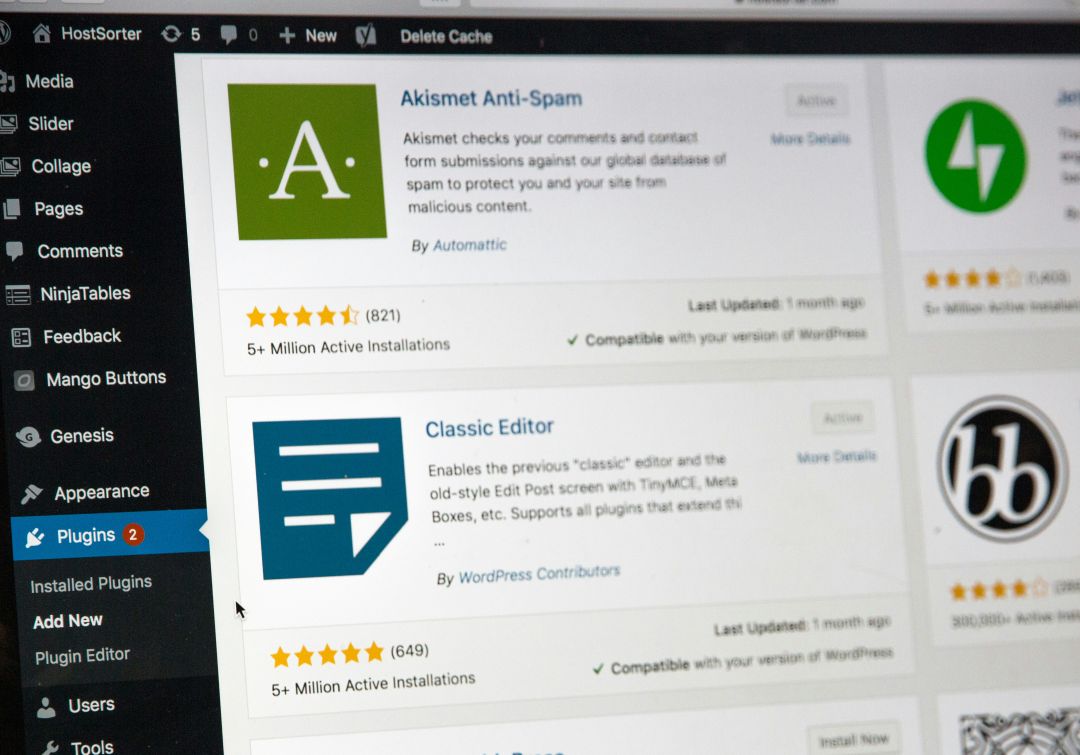Introduction: The Emergence of AI in Design
Artificial Intelligence (AI) is revolutionizing industries worldwide, and the design industry is not lagging behind. From automating mundane tasks to creating breathtaking visuals, AI in graphic design is revolutionizing the process of creatives. But what does it do for designers? Will AI make creatives obsolete, or will it be an effective partner?
In this beginner‘s tutorial, we‘re going to uncover how AI transforms design, why it‘s a good idea, and how the future is shaping up for designers if they adopt the technology.

AI is already causing waves in graphic design, offering capabilities that enhance creativity and productivity. Here‘s how:
Designers tend to spend hours on mundane tasks like resizing images, color correction, or formatting the layout. AI-based tools like Adobe Sensei and Canva‘s Magic Resize do these tasks in seconds, so designers can spend more time on creative work.
AI graphic design is not just about automation—AI can also create original art. Programs like DALL·E and MidJourney can create stunning images from sparse text inputs, offering new sources of inspiration and discovery.
Brands currently use AI to produce customized marketing material. AI scans the information of users to customize designs, so each customer gets material customized to their interests.
AI isn‘t coming to steal designers‘ jobs—it‘s coming to make them stronger. That’s why working with AI is a revolution:
With repetitive tasks performed by AI, designers can focus on creativity and strategy, leading to quicker project turnaround.
AI reduces human errors in steps like color correction and alignment and provides professional-level output with consistency.
AI-suggested ideas can spark new concepts, allowing designers to overcome blocks and venture onto new paths.
While AI provides breathtaking returns, it raises serious questions:
AI performs at execution but not at human-level perspective or emotional complexity. Designers who use AI as a method—and not a substitute—will thrive.
Whose AI art is it? As capabilities of AI grow, legislation will have to keep pace with intellectual property issues.
Good design speaks emotionally. The best outcome will be achieved through a union of AI effectiveness and human creativity.

The future of graphic design and AI is rosy. Here‘s why:
AI will be increasingly intuitive, providing real-time recommendations and even anticipating design trends.
Cloud-based AI technology will also provide easy collaboration, allowing designers to collaborate remotely from anywhere on the globe.
Rather than replacing designers, AI will be a co-creator, complementing human imagination with data-driven insights.
AI in graphic design is not to be feared—it‘s to be welcomed. By doing the mundane, generating new concepts, and streamlining things, AI enables designers to do what they do best: be creative.
The secret is to learn, embrace, and incorporate AI tools in your workflow. The future belongs to those who merge human imagination with the power of AI.
Are you ready to discover AI in your designing process? The world is limitless.







